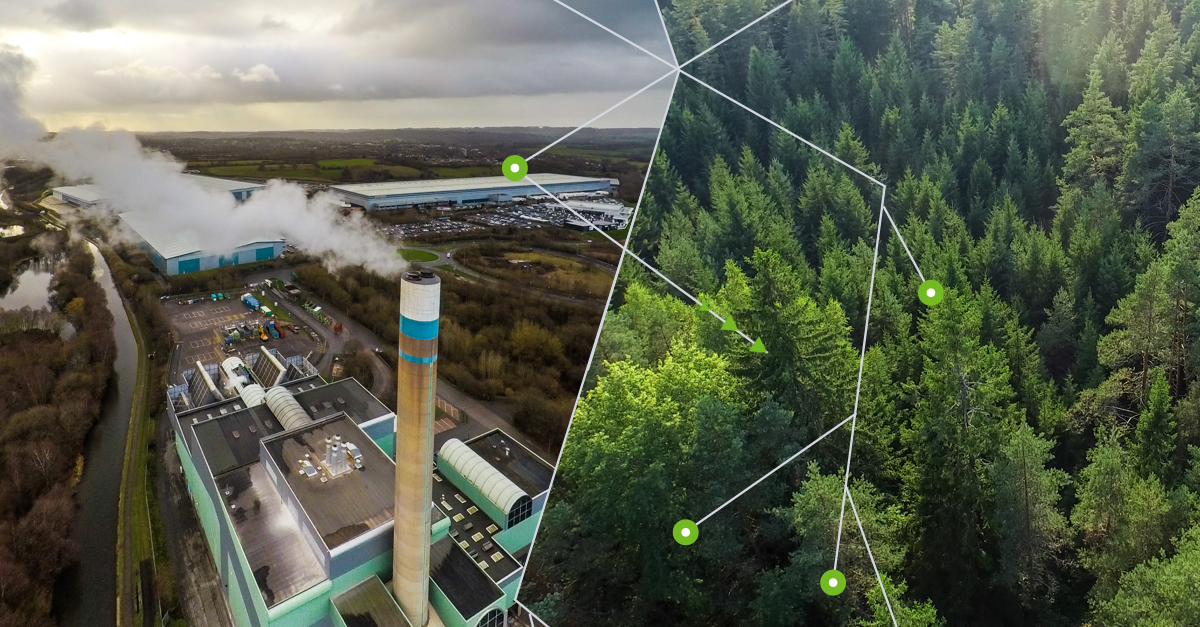
Regulated waste management: Often a ‘blind spot’ for sustainability programs
Originally Posted On: Regulated waste management: Often a ‘blind spot’ for sustainability programs | Smarter Sorting
During my 20-plus-year career in the waste and recycling industry, much of my work has included helping retailers— ranging from small “mom and pop” businesses to multinational corporations—to determine their “blind spots” related to waste, recycling, and sustainability.
In essence, if there was a way my clients could improve their sustainability and waste management efforts (i.e., fix “blind spots”), my goal was to make this happen.
Smarter Sorting understands this because this is what we do, too—with a machine learning technology twist. The Smarter Sorting platform eliminates retail waste management inefficiencies through smart data and automated decision making—making waste management transparent and easy.
Smart waste data in, smart waste decision out.
Smarter Sorting also addresses a “blind spot” I’ve encountered repeatedly in the retail sector (and was most recently reminded of while flipping through a series of corporate sustainability reports): most companies do not account for regulated waste management when developing sustainability programs. Sadly, regulated waste pathways are often anything but sustainable.
I joined Smarter Sorting in January because I want to change this equation.
Regulated waste: Often a sustainability dead end
Some waste is more challenging to manage sustainably than others.
For some waste streams (such as cardboard), the management process is relatively uncomplicated. Furthermore, successful diversion immediately adds sustainability reporting value that retailers can highlight for investors, customers and employees.
Regulated waste management is another story because there is a perception among many in the retail community that “diversion” pathways for regulated waste do not exist and are effectively limited to one choice: incineration. Not exactly something you want to highlight in bold lettering in a glossy annual sustainability report.
Admittedly, this regulated waste dead end was a source of frustration for me, too. Clear diversion options were limited because regulated waste data was limited—until Smarter Sorting.
Smarter Sorting’s platform converts waste management into assets management through comprehensive, real-time tracking of regulated waste. When retailers track the “what,” “when,” and “where” of regulated waste in their stores, they can make better decisions regarding the most sustainable pathways forward for regulated materials—and “waste” transitions to asset.
More options than ‘burn it’
You know that collection of unsellable out of season fragrance cleaning product in the back of your store? Do you know what they are made of? Where are they going next? In the past, it’s likely these products would have been labeled “regulated waste” and shipped to an incinerator for a pretty penny. With Smarter Sorting, however, “burn it” is the last option.
Retailers using the Smarter Sorting platform rely on classification data that provides a menu of options to help sustainably divert regulated waste materials. Optimized diversion choices may include donating it to a nonprofit (such as Smarter Sorting partner Habitat for Humanity) or salvaging it for an in-store project.
These choices are legitimately sustainable when compared to incineration, and should be celebrated in annual sustainability reports, on social media and with your in-store customers and employees. Why? Because, like you, these stakeholders care about doing what’s right.
Case in point: Smarter Sorting recently helped a retail client divert 88 percent of their waste stream as a charitable donation, helping to boost their bottom line, their community and their standing as an environmentally sustainable operation. That’s an impressive track record.
Take the next step
Even companies with existing sustainability programs may need help. During my career, I’ve seen this pattern many times: a retailer has a robust sustainability program that diverts 80-plus percent of their waste stream. However, the regulated waste “blind spot” prevents the company from achieving higher diversion rates. They want to do more, but they are stuck.
Is regulated waste a “blind spot” for your sustainability efforts? Do you want to take the next step to achieve your publicly stated sustainability goals for customers and investors but have not found the next sustainable solution? If so, Smarter Sorting is here to help.
